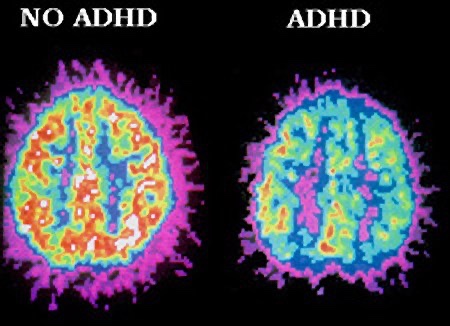Journal – The Lancet Psychiatry
Click HERE for the original paper.
Click HERE for the original article
EXCERPTS FROM THE ARTICLE
“…
The results from our study confirm that people with ADHD have differences in their brain structure and therefore suggest that ADHD is a disorder of the brain,” added Dr Hoogman. “We hope that this will help to reduce stigma that ADHD is ‘just a label’ for difficult children or caused by poor parenting. This is definitely not the case, and we hope that this work will contribute to a better understanding of the disorder.”
Writing in a linked Comment Dr Jonathan Posner, Columbia University, USA, said: “It is the largest study of its kind and well powered to detect small effect sizes. Large sample sizes are particularly important in the study of ADHD because of the heterogeneity of the disorder both in etiology and clinical manifestation. This study represents an important contribution by providing robust evidence to support the notion of ADHD as a brain disorder with substantial effects on the volumes of subcortical nuclei. Future meta- and mega-analyses will be required to investigate medication effects as well as the developmental course of volumetric differences in ADHD.”
…
All 3,242 people had an MRI scan to measure their overall brain volume, and the size of seven regions of the brain that were thought to be linked to ADHD — the pallidum, thalamus, caudate nucleus, putamen, nucleus accumbens, amygdala, and hippocampus.
…
The study found that overall brain volume and five of the regional volumes were smaller in people with ADHD — the caudate nucleus, putamen, nucleus accumbens, amygdala and hippocampus.
The differences observed were most prominent in the brains of children with ADHD, but less obvious in adults with the disorder. Based on this, the researchers propose that ADHD is a disorder of the brain, and suggest that delays in the development of several brain regions are characteristic of ADHD.
… “


